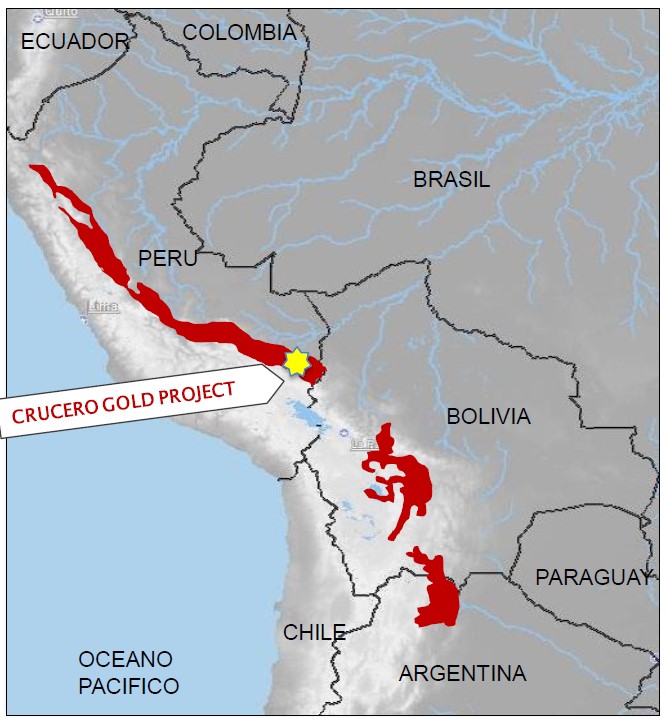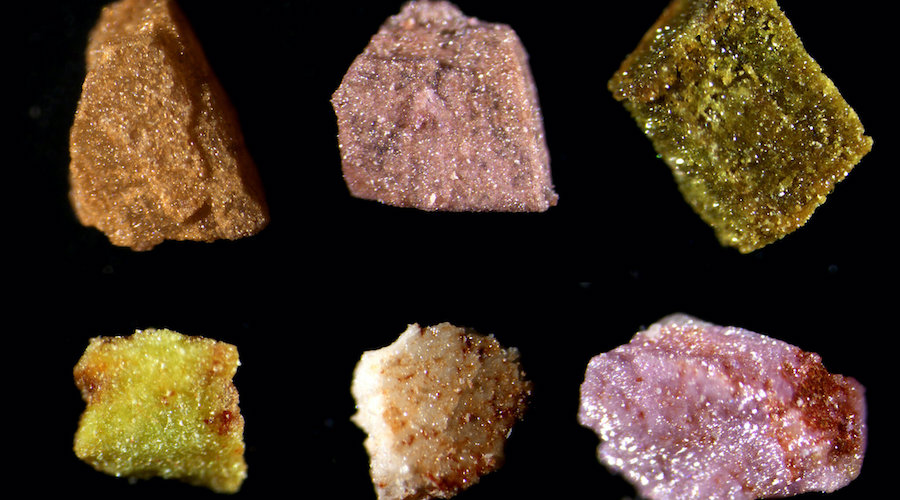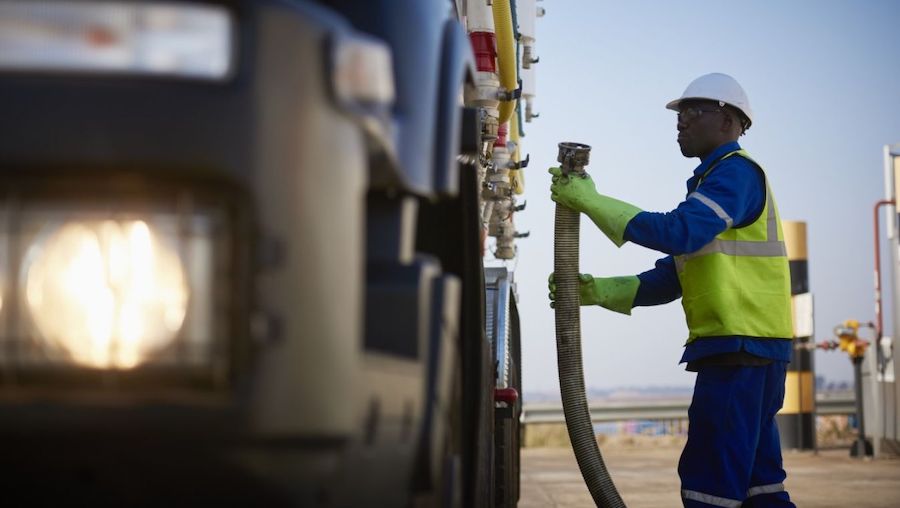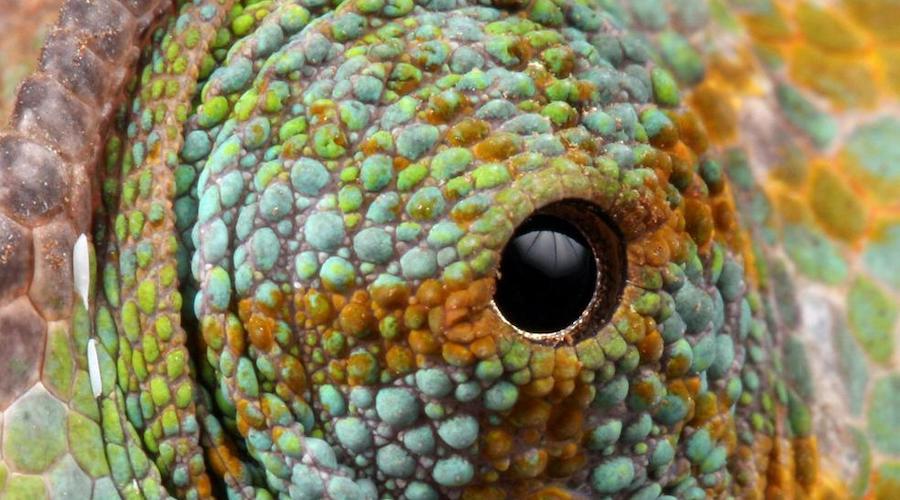GoldMining finds antimony kicker at Crucero in Peru

GoldMining has found significant antimony intercepts in historical drill core at its Crucero project in Peru. Credit: GoldMining Inc.
GoldMining (TSX: GOLD; NYSE-A: GLDG) plans to leverage the antimony price’s strong rally into a new resource estimate after reviewing legacy drill results showing its Crucero project in Peru hosts significant amounts of the critical metal.
The latest validation work highlights two long, higher-grade runs from legacy core, with hole DDH-43 cutting 93 metres grading 1.08 gram gold per tonne and 0.69% antimony from 71 metres depth, GoldMining said Wednesday. Hole DDH-37 returned 60 metres at 0.92 gram gold and 0.97% antimony, , from 244 metres depth. Crucero is in southeastern Peru’s Department of Puno.
“We are very encouraged by the latest results that demonstrate the emerging opportunity to unlock additional value,” CEO Alastair Still said in a release.
Antimony, included on the USGS’ list of critical metals, is used across many industries, including for making batteries, solar panels, flame retardants and ammunition. Over the past 12 months, antimony contracts in Shanghai had roughly tripled, rising from about $11,600 per tonne a year ago to around $55,000 per tonne today, near record highs.
GoldMining’s Toronto-listed shares traded flat at C$1.10 on Tuesday afternoon and are down about 6% over the past 12 months. The company’s market capitalization is about C$219 million.

Rising importance
Prospectors first kicked rocks at Crucero in 1996 and soon identified antimony – mainly as stibnite – but didn’t pursue it while prices were low, Still said. With prices now near record highs and the metal increasingly seen as strategic, adding antimony to the gold models could improve the project’s economics, the executive said.
However, the company didn’t specify when it would include the antimony results in a future resource estimate.
Crucero holds a 2017 indicated resource of 30.6 million tonnes grading 1 gram gold for 993,000 oz. of metal. Another 35.8 million tonnes are inferred at 1 gram gold for 1.2 million contained ounces.
Big hits, new math
GoldMining’s gold-equivalent yardstick for this work uses $2,200 per oz. gold and $35,600 per tonne antimony – about 35% below the spot level the company cites – along with 100% assumed gold recovery and 70% for antimony.
The antimony drift seems connected to later brittle deformation. This process remobilized gold with arsenopyrite and stibnite in the A1 zone. This zone is the main target, covering about 750 metres of strike and reaching a vertical depth of 400 metres, as noted in company documents.
GoldMining says its Crucero database now includes 79 drillholes and 657 trench assays with more than 17,000 assay records, of which 13,296 have original lab certificates located. The team is working with labs to find the other archived certificates.
Any expected project lift from antimony would depend on future work, including metallurgical performance and how antimony is incorporated in a new model.
Crucero’s expected dual gold-antimony narrative dovetails with GoldMining’s broader push to surface value from copper within its Americas portfolio.
This post has been syndicated from a third-party source. View the original article here.



